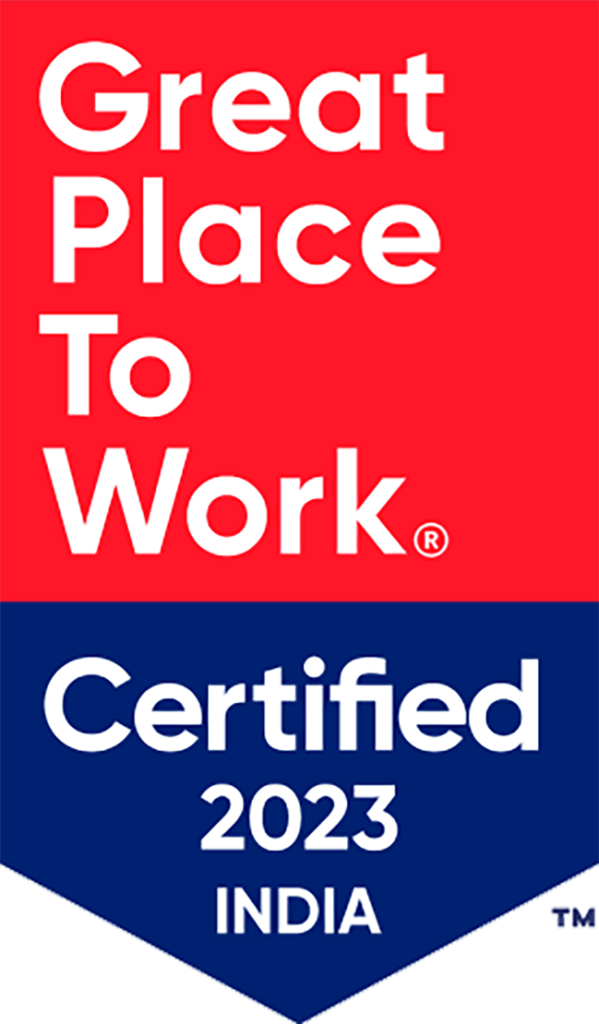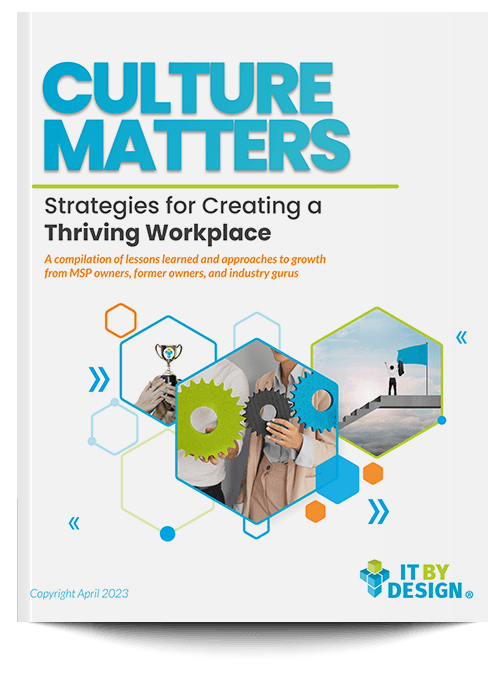When it comes to service delivery there is a lot that can go right or wrong. It is the quality of service delivery that ultimately impacts client retention rates and the average lifetime value of a customer. On the contrary, an ineffective service experience can send customers to your competitors.
So, how can we prevent this from happening? You create a culture of client satisfaction across your whole MSP operation and enhance service delivery. I had an interesting conversation with one of our partners, Rob LaFave, COO of ICS, about what MSPs can do to avoid common pitfalls, stand out in the cluttered space and carve out a niche for themselves—all while staying focused on that exceptional service delivery goal.
Set service delivery managers up for success
Interestingly, MSP leaders often believe it’s up to the support engineers on the frontlines to set the tone for service delivery. That’s a serious misconception. It’s your service delivery managers who are working behind the scenes, navigating operations, and delivering commands that really create the right service delivery atmosphere. It’s those team members who do the most to establish and foster a customer-first delivery environment.
Start by building a management dashboard of the key drivers for each service delivery manager. This is where Key Performance Indicators (KPIs) and each manager’s scorecard comes in. Having KPIs as a measurable value will establish how well your MSP is achieving its quality objectives. Having a templatized Quarterly Business Reviews (QBR) process that follows a checklist of must-haves is something you can work on together with your service managers. The key is not micromanaging them, but empowering them with the right metrics and templates.
Take QBRs seriously
Treat QBRs as a time to find out what you are doing well and what needs to be improved from a service delivery perspective. These check-ins are not meant to regurgitate stats and tell clients how awesome you are, but rather to gauge the current level of client satisfaction that can’t always be captured in CSAT. Every business is different, so QBRs are an opportunity for your service delivery team to understand each client’s business more granularly. From emergency response to server updates, the more you understand their business, the more you can control.
Be innovative
No tool or application works without the right process around it. The best MSPs begin by transforming these methodologies and working everything else into it. So, proactively monitor and anticipate the next problem rather using automated systems than sending clients static monthly reports on what’s running smoothly and what is potentially at risk. While network engineers should always fix problems as they occur, it’s more advantageous to anticipate an issue and proactively take steps to avoid it.
Your customer’s network may encounter a problem that may not have a “textbook fix.” Here, the documentation will give you the context needed to avoid the same issue in the future. This will enable you to create a plan for more streamlined execution and a lower error rate in your clients’ workflows.
Be consistent with your processes and tool-stack
It makes sense to treat each customer differently during cross-selling or upselling a product. But, from a service delivery point of view, that is a complete “no.” Each MSP must employ a set of tools and technologies designed from the ground up for service delivery. Be sure your service team knows the boundaries of what they can and can’t do. They mustn’t repurpose your support services or your tool-stack. This model can easily result in missed incidents, ineffective resolution, reactive support of the environment, and much more. Standardization also allows for efficiencies that drive better margins for your MSP.
Nurture the “Customer-First” mindset
The service delivery team should not only embody your MSP’s vision, but also each customer’s vision. This can be achieved by cross-collaboration between sales, service delivery, and customer experience teams. Ask the service team to focus on metrics such as “proactive incident resolution” and as opposed to “time to resolve an incident” or “time to restore the network.” Those metrics are important, but you want to be able to demonstrate to the customer that you know more about their environment than they do.
Hire, engage and retain best delivery talent
Every MSP business is a people business. You should recognize this intuitively by identifying any shortcomings in your MSP’s talent management strategy. And that takes more than just a pat on the back and the occasional performance bonus. Talent can inevitably leave a company if they don’t feel valued. Customers notice this turnover—and are usually not that happy about it. Your managers should therefore take reasonable steps to keep their best engineers on board.
Encourage service team leads to cheerlead their teams and invest in each member’s career development. Use L10s, daily huddles, weekly 1:1 meetings, and personal check-ins to help communicate effectively and connect with talent on a human level, especially if they are working in a remote environment.
Final Thought: Lack of an informative, high-touch service delivery model can leave you lagging in overcrowded MSP space. Many powerful KPIs and process improvements can empower your MSP not only to keep up with the competition but outperform them in the long term.







